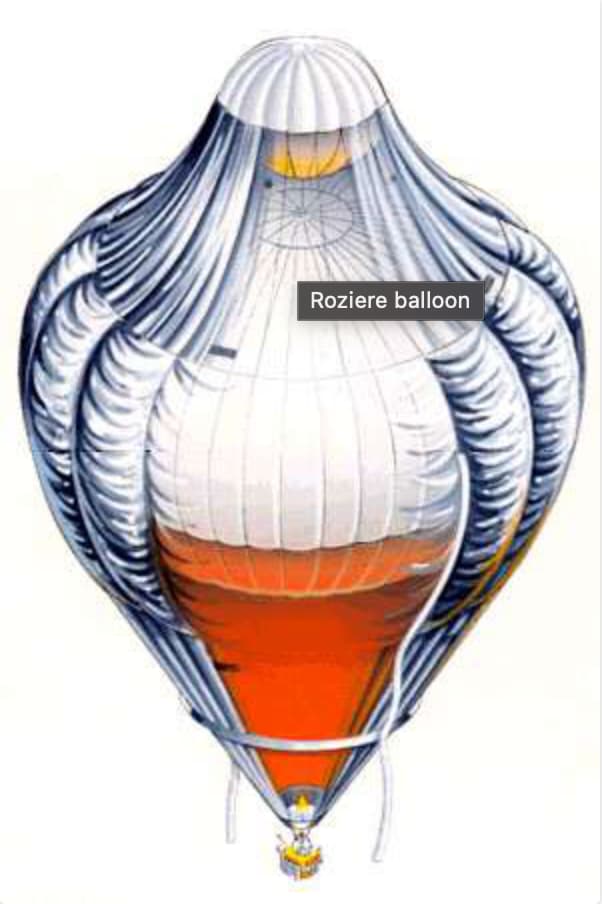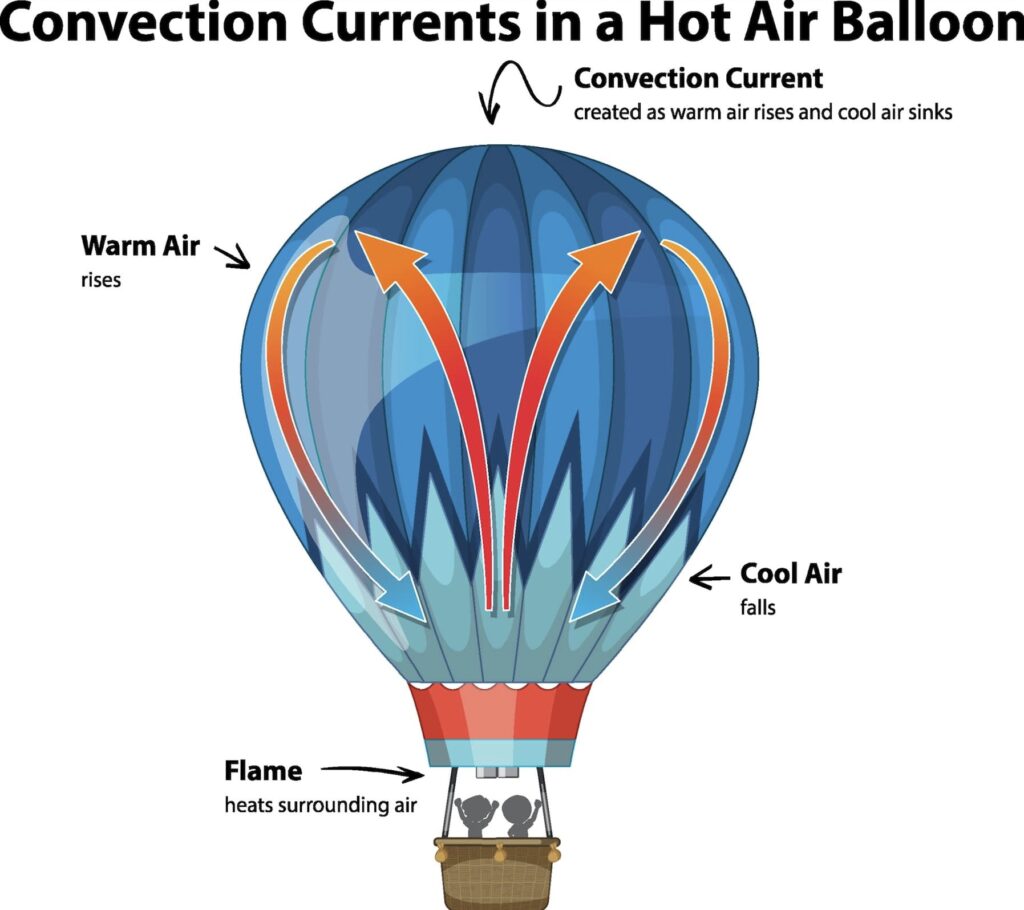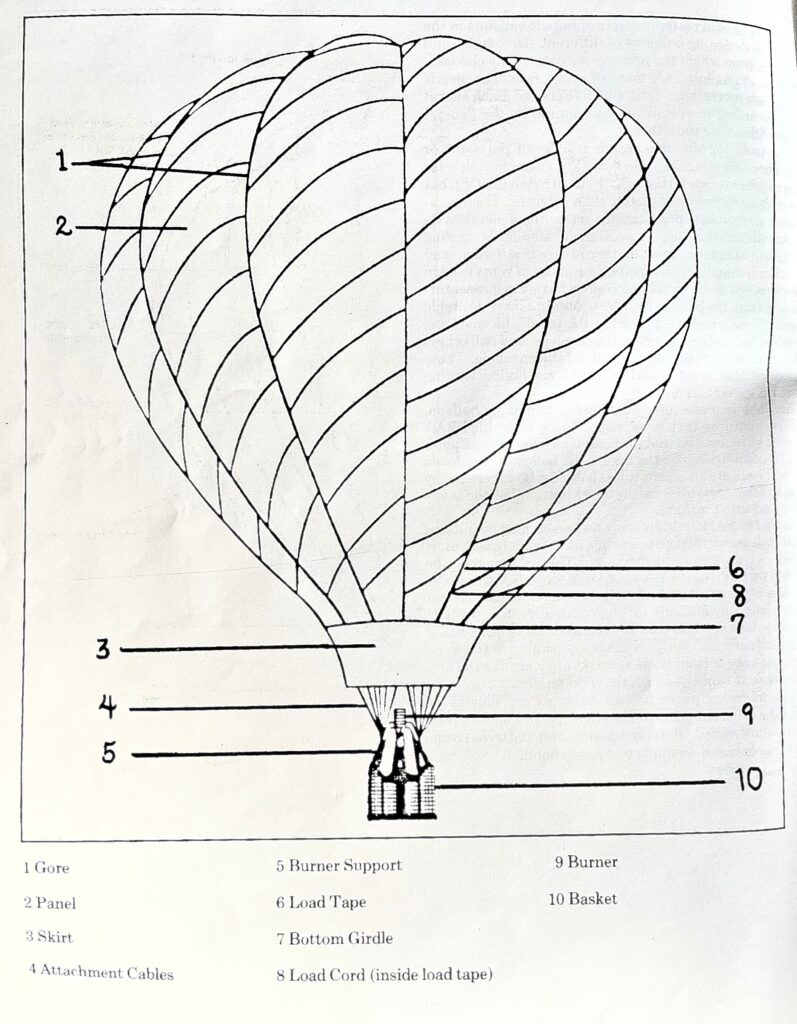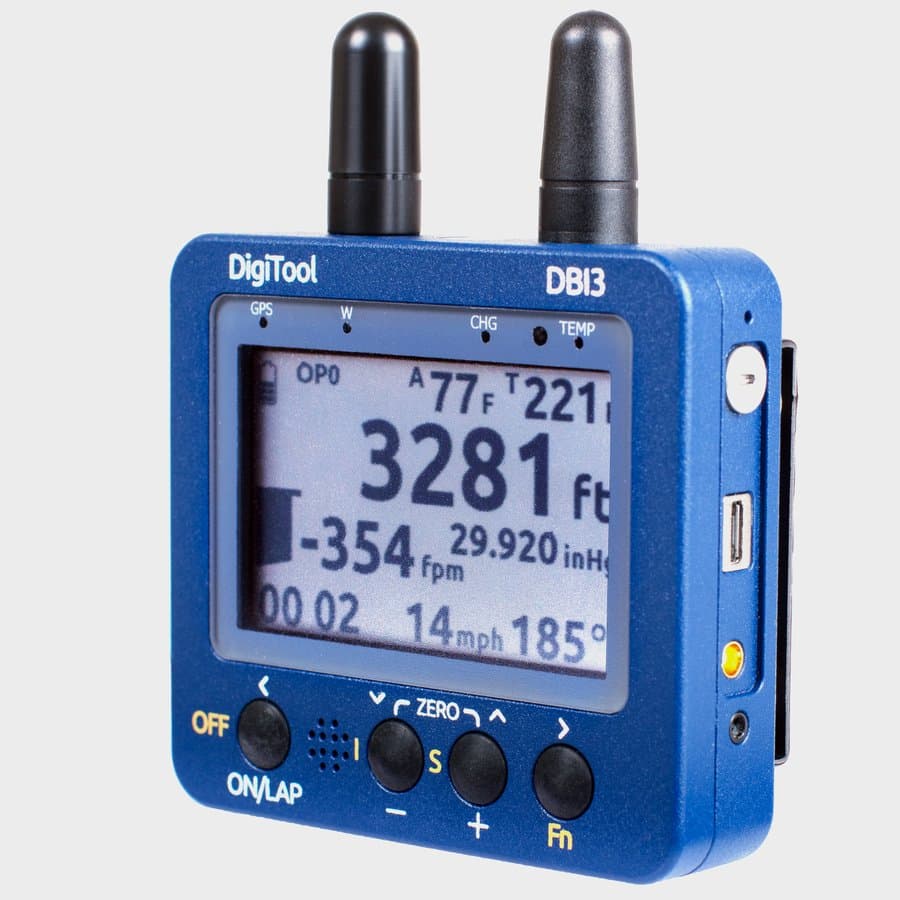Curious about how hot air balloons work, huh? Balloons are majestic aircraft that have been capturing humans’ imaginations for centuries, and for good reason. Hot air balloons work by using heat to make the air inside the balloon lighter than the air outside, causing the balloon to rise into the sky. But there’s more to it than just turning on a burner and soaring off into the sunset. In this article, we’ll delve into the scientific principles behind hot air balloons and the practical considerations of operating one. We’ll also explore the different types of hot air balloons, including gas balloons, hybrid balloons, and solar balloons. So come along for the ride as we take a journey into the fascinating world of hot air balloons!
How Hot Air Balloons Work (Simple Answer)
Hot air balloons work by using heat to make the air inside the balloon lighter than the air outside the balloon. The balloon is made out of a special type of fabric that is very thin and light. It is shaped like a giant bag and has an opening at the bottom.
When the pilot turns on the burner, the air inside the balloon gets hot and begins to rise. As the hot air rises, it fills up the balloon and makes it rise into the sky. The pilot can control how high or low the balloon goes by turning the burner on or off.

How Hot Air Balloons Work (In-depth Explanation)
By the end of this article, you’ll have a really good idea of how hot air balloons fly, how hot air balloons are steered, and the weather that impacts them. There are links to other pages with additional details on specific elements if you want to nerd out. Let’s start off with the different types of balloons so that you can easily understand the differences.
Hot Air Balloons Vs. Gas Balloons
Hot air ballooning and gas ballooning were invented in 1783 within ten days of each other. Although they are both balloons, gas ballooning and hot air ballooning couldn’t be more different in the way they are designed and work.
Hot Air Balloons
Ed Yost invented modern-day hot air balloons from Raven Industries as a cover for a CIA extraction program using balloons as extraction and spy units for the US Navy. They use propane to heat the air inside the balloon’s envelope, which causes the air to expand and become less dense, allowing the balloon to rise into the air. Hot air balloons are the most common type of lighter-than-air aircraft. Jacques-Etienne Montgolfier and his brother developed the idea for the hot air balloon in 1783.

Gas Balloons
Gas balloons use hydrogen gas or helium as their buoyancy gas. Pilots release small amounts of sand to ascend and use a value to release some gas to descend. Gas balloons were used during the civil war, world war I, and World War II.

Hybrid Balloons
Hybrid balloons are a type of lighter-than-air aircraft that use both hot air and helium to achieve buoyancy. They are also known as Rozier balloons, named after Jean-François Pilâtre de Rozier, one of the pioneers of ballooning who designed the first hybrid balloon in the late 18th century. Hybrid balloons are essentially a combination of hot air balloons and gas balloons, as they use a combination of heated air and a lighter-than-air gas to generate lift.
The way that hybrid balloons work is quite ingenious. The main part of the balloon is called the envelope, which is similar to a hot air balloon envelope and is made of heavy-weight ripstop nylon fabric. The envelope is divided into two sections: the lower part is filled with hot air, which is heated by a burner that runs on a fuel source, typically propane or butane. The upper part of the envelope is filled with helium, a lighter-than-air gas, which provides additional buoyancy.
By using both hot air and helium, hybrid balloons can take advantage of the best features of both types of balloons. They can generate lift using the hot air, just like a hot air balloon, and they can achieve a higher altitude and carry a heavier payload using the helium, just like a gas balloon. Hybrid balloons can also fly for longer periods than hot air balloons, as helium provides a more constant source of lift. Most long-distance flights and flights around the world use these Rozier-type balloons.

Solar Balloons
Solar balloons are a type of hot air balloon that uses the sun’s heat to heat the air inside the balloon’s envelope. This is achieved through the use of special fabric that is designed to absorb and retain the sun’s energy. Solar balloons are typically made of a transparent or semi-transparent material, such as polyethylene or mylar, which allows the sun’s rays to pass through and heat the air inside the balloon. Some solar balloons are also coated with a reflective material, such as aluminum, which helps to reflect and amplify the sun’s heat.
One of the main advantages of solar balloons is that they can fly without a traditional burner, which means that they do not need a fuel source such as propane. This makes solar balloons a more environmentally friendly and cost-effective option for hot air ballooning. Solar balloons are also able to fly at higher altitudes than traditional hot air balloons, as they can take advantage of the sun’s heat to generate lift even at higher elevations.
Hot Air Rises
So, how exactly do hot air balloons work? The simple answer is warm air rises. If a balloon pilot adds heat to the balloon envelope, it will rise. If a pilot lets out some heat or allows the balloon to cool, the balloon will descend. To understand this from a more technical standpoint, we need to delve into the concept of buoyancy. Buoyancy is the force that allows an object to float in a fluid, whether that fluid is a liquid like water or a gas like air. The buoyant force’s magnitude depends on the fluid’s density and the object’s volume. In the case of a hot air balloon, the object is the balloon itself, and the fluid is the air that surrounds it.

Now, you might be wondering, “If hot air balloons are filled with hot air, isn’t the air inside the balloon denser than the air outside? Shouldn’t the balloon sink?” Well, here’s where things get a little counterintuitive. As the temperature of a gas increases, the gas molecules move around more rapidly and collide more frequently with each other and the walls of their container. This causes the volume of the gas to increase, which in turn decreases its density. So, when we heat up the air inside a hot air balloon, the increased volume of the air actually makes it less dense than the air outside the balloon, which allows the balloon to rise.
Lift: The Upward Force That Keeps Balloons Flying
Let’s start with the basics: what is lift, and how does it work in a hot air balloon? Lift is the upward force that allows the balloon to rise off the ground. It’s created by the difference in density between the hot air inside the balloon and the surrounding air. When the burner heats the air inside the balloon, it expands and becomes less dense than the surrounding air, creating an upward force that lifts the balloon.
Navigating and Steering A Hot Air Balloon
Of course, lift is just one aspect of hot air ballooning. Wind and weather is the other important factor to consider. One misconception is the balloons are at the complete mercy of the wind and just go where the wind blows. The air currents and horizontal speed of the wind can have a big impact on the direction that a hot air balloon travels. Hot air balloons aren’t able to generate their own propulsion, so they are entirely at the mercy of the wind. However, there are techniques that hot air balloon pilots can use to navigate and steer their balloons in different wind conditions. For example, balloon pilots can adjust the balloon’s altitude to take advantage of wind currents and wind speeds at different levels of the atmosphere. They can also use a “parachute vent” device to release hot air from the top of the balloon envelope to descend quickly and catch a different wind. Some hot air balloons, called “racers,” typically used in hot air balloon competitions, are designed to ascend and descend very quickly to steer to a specific location.
How Temperature Affects Hot Air Balloons
Air temperature is another key factor that affects the performance of a hot air balloon. As we mentioned earlier, increasing the internal temperature of the air inside the balloon increases its volume and generates lift. However, it’s crucial to maintain a consistent temperature within the balloon’s envelope, as fluctuations in temperature can cause the balloon to rise and fall erratically. This is why hot air balloon pilots must constantly monitor the temperature of the air inside the balloon to maintain the maximal operating temperature. Can a hot air balloon get too hot? Yes, but it is tough to reach a temperature that negatively impacts the balloon envelope. Ripstop nylon has a melting temperature of over 450 degrees. The operating maximum for most balloons is between 250 and 300 degrees.
Altitude and Descent Rate: Payload Weight Impacts
Did you know that the weight of the payload can significantly impact the performance of a hot air balloon? Payload weight not only affects the altitude of the balloon, but it can also impact the descent rate. The descent rate is the speed at which the balloon descends to the ground. A heavier payload may cause the balloon to descend faster, because the downward force of the payload will be greater. A lighter payload, on the other hand, may cause the balloon to descend more slowly.
Balloon Response Time: Faster or Slower? It Depends On Weight
The simple answer: Payload weight affects the balloon’s response time, which is the speed at which the balloon responds to changes in the burner heat or venting of hot air. A heavier payload may cause the balloon to be slower to respond to these changes, while a lighter payload may allow the balloon to respond more quickly.
There are two weights the hot air balloon pilot must understand and be responsible for: Maximum Useful and Payload. Maximum useful load is the difference between the empty weight of the balloon and the maximum certified gross weight of the aircraft and that aircraft’s maximum certified gross weight. Payload is the total weight of the passengers, cargo, and fuel that an aircraft can legally carry on a given flight, excluding the weight of the balloon and equipment. Therefore, payload weight varies with each flight based on the ambient temperature.
Each balloon is equipped with an aircraft flight manual explaining the limits and capabilities of that particular balloon.
An Overview Of The Parts Of A Hot Air Balloon
So far, we’ve covered the basic principles of how hot air balloons work, but what about the actual components of a hot air balloon?
- Burner
- Fuel tank
- Envelope (the balloon itself)
- Basket or gondola (the compartment that carries the passengers and equipment)
- Parachute valve
- Crown line
- Mouth (the opening at the top of the envelope through which the hot air is released to descend)
- Vent panel

The Hot Air Balloon Burner
The most important part of a hot air balloon is the burner, which is the device that generates the heat needed to lift the balloon. Hot air balloon burners typically run on propane or butane, which is stored in 15-20 gallon propane cylinders in the wicker basket. When the liquid propane is pressurized, mixed with oxygen, and ignited by a spark, it creates a 15-20 foot flame that heats up the air inside the balloon. Pilots can control the burner flame’s intensity by adjusting the propane flow. This adjustment, in turn, affects the temperature of the air inside the balloon and the amount of lift it generates. The majority of burners have multiple backup systems in case of an issue. Additionally, most burners have a whisper burner that is much quieter than the main burner that is used when flying over livestock.
The Hot Air Balloon Envelope and Vent System
The balloon or envelope portion is made of heavy-weight ripstop nylon or hyperlast/hyperlife. The fabric panels are connected to nylon gores which create the shape of the balloon.
A parachute vent is located at the top of the hot air balloon. This is an opening that the pilot can open or close by using vent lines to let out warm air and assist with landing. The parachute vent is used to release hot air from the balloon to descend quickly or to allow cooler air to enter the balloon and decrease its lift. It’s a crucial tool for fine-tuning the balloon’s altitude and maintaining a smooth, stable flight.
What Instruments Do Hot Air Balloon Pilots Use?
Most hot air balloon pilots use digital instruments like Digitool or Flytec, which have all the pertinent information. They also include the direction of flight and how fast the balloon is moving. Competition balloon pilots have computers on board that give them additional information about the wind layers they have already found.
- Altimeter: measures the altitude of the balloon
- Variometer: measures the rate of ascent or descent of the balloon
- Temperature gauge: measures the temperature of the air inside the balloon envelope

An altimeter is a device that uses atmospheric pressure to measure the altitude of the balloon. The pilot needs to know the balloon’s altitude because it can affect the balloon’s performance and the heat needed to maintain a stable ascent.
A variometer, also known as a vertical speed indicator (VSI), measures the rate of ascent or descent of the balloon. This information is important for the pilot to know because it helps them determine the balloon’s rate of climb or descent, which can be affected by factors such as wind speed and direction.
A temperature gauge measures the temperature of the air inside the balloon envelope. This information is important for the pilot to know because the temperature of the air inside the envelope affects the amount of heat needed to maintain a stable ascent. The pilot can use this information to adjust the heat source and maintain a consistent ascent rate. It also lets the pilot know if the balloon is reaching its altitude limits based on the weight of the balloon and the temperature.
Are Hot Air Balloons Dangerous?
Not really! While it’s true that any form of transportation (flying or driving) or any recreational activity carries some inherent risk, hot air balloons are actually considered to be one of the safest forms of aviation. That’s because experienced pilots only operate them in good weather conditions and follow all the necessary safety procedures. Plus, hot air balloons undergo regular maintenance and inspections to make sure they are in top shape, and if the aircraft were to have an issue, it’s already a parachute! So, while it’s always important to be mindful of safety guidelines, you can have confidence that hot air balloon rides are a safe and enjoyable way to have an amazing experience.
When Is The Best Time Of Day To Fly A Hot Air Balloon?
The best times to fly a balloon or any aircraft is early in the morning and late in the afternoon. These are generally the best times to fly a hot air balloon because the wind is typically calmer and more consistent. This is because the sun is not as high in the sky, which means there is less convection heating and, therefore, less thermal activity in the atmosphere. As a result, the wind is more stable and easier to predict, which makes it easier for the pilot to navigate the balloon. Consistent winds are very important for balloon pilots to plan their flight and get to an appropriate location for landing.
That’s a solid crash course on ballooning!
So, there you have it – a crash course in hot air ballooning! Of course, there is much more to learn about the intricacies of operating a hot air balloon, such as safety considerations and environmental impacts. But we hope that this overview has given you a better understanding of how these amazing flying machines work and perhaps even piqued your interest in experiencing a hot air balloon ride for yourself.
The best way to learn more about hot air ballooning is to book a hot air balloon ride and go on an adventure. Your balloon pilot will be happy to nerd out with you about how balloons work and explain how they are planning their flight based on the wind direction that day.
